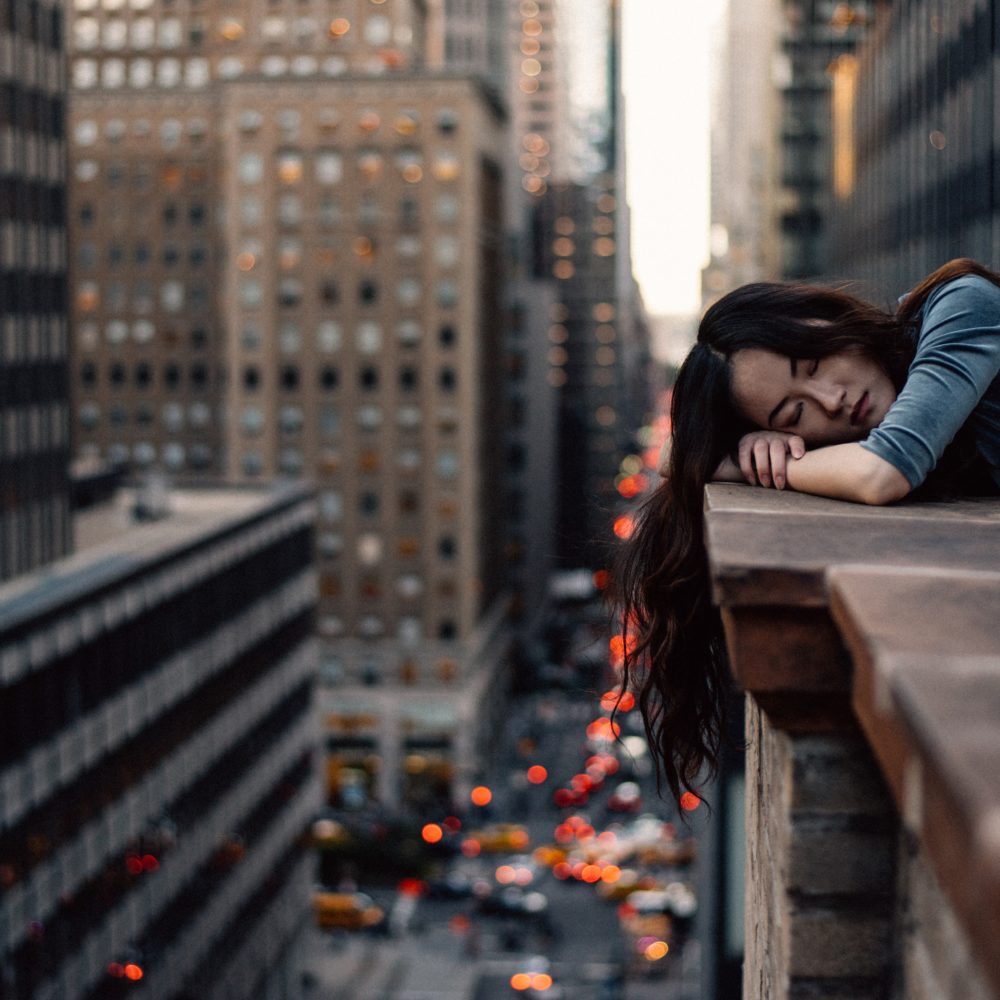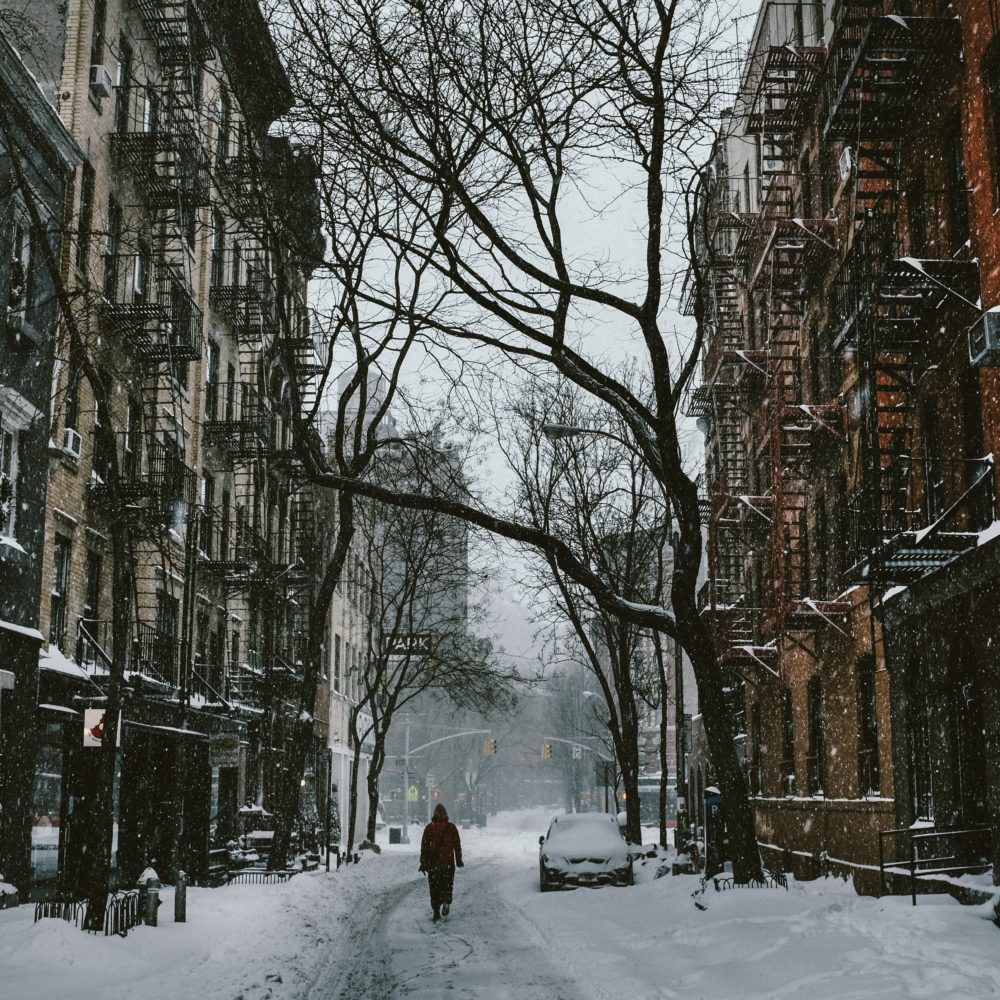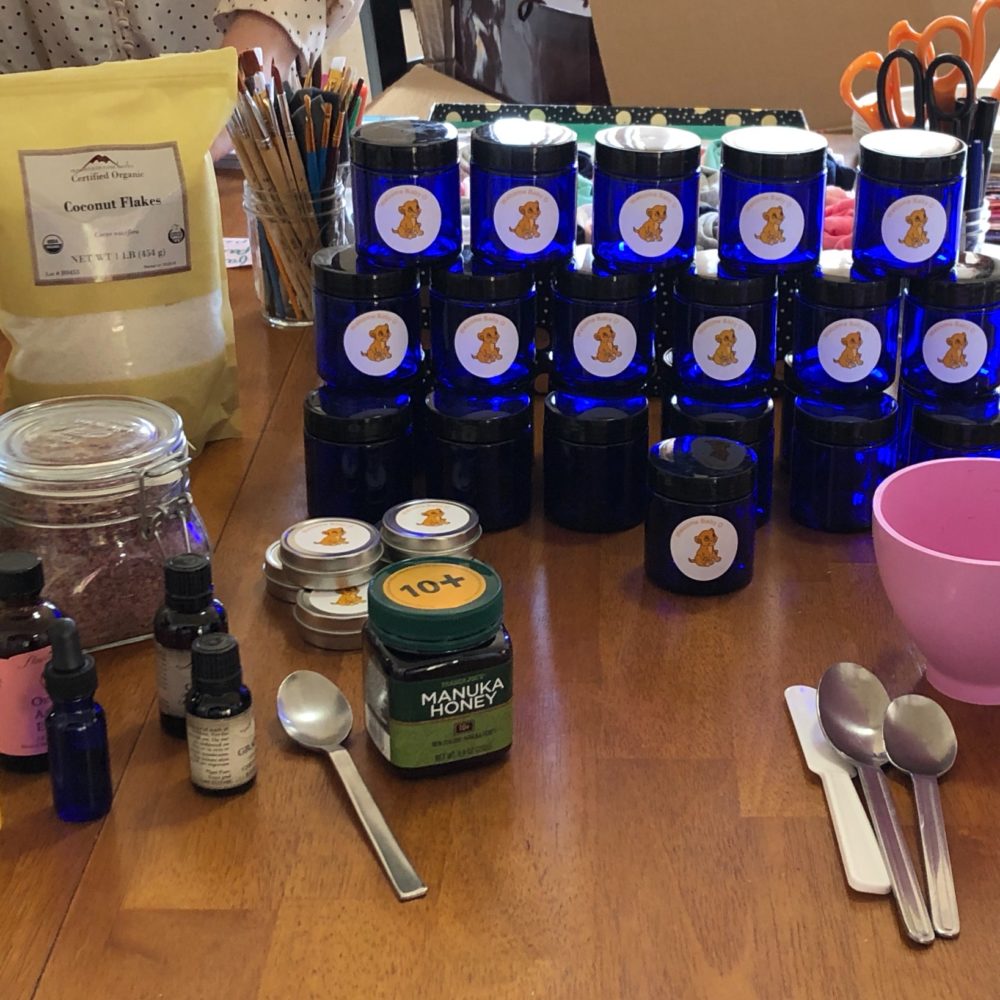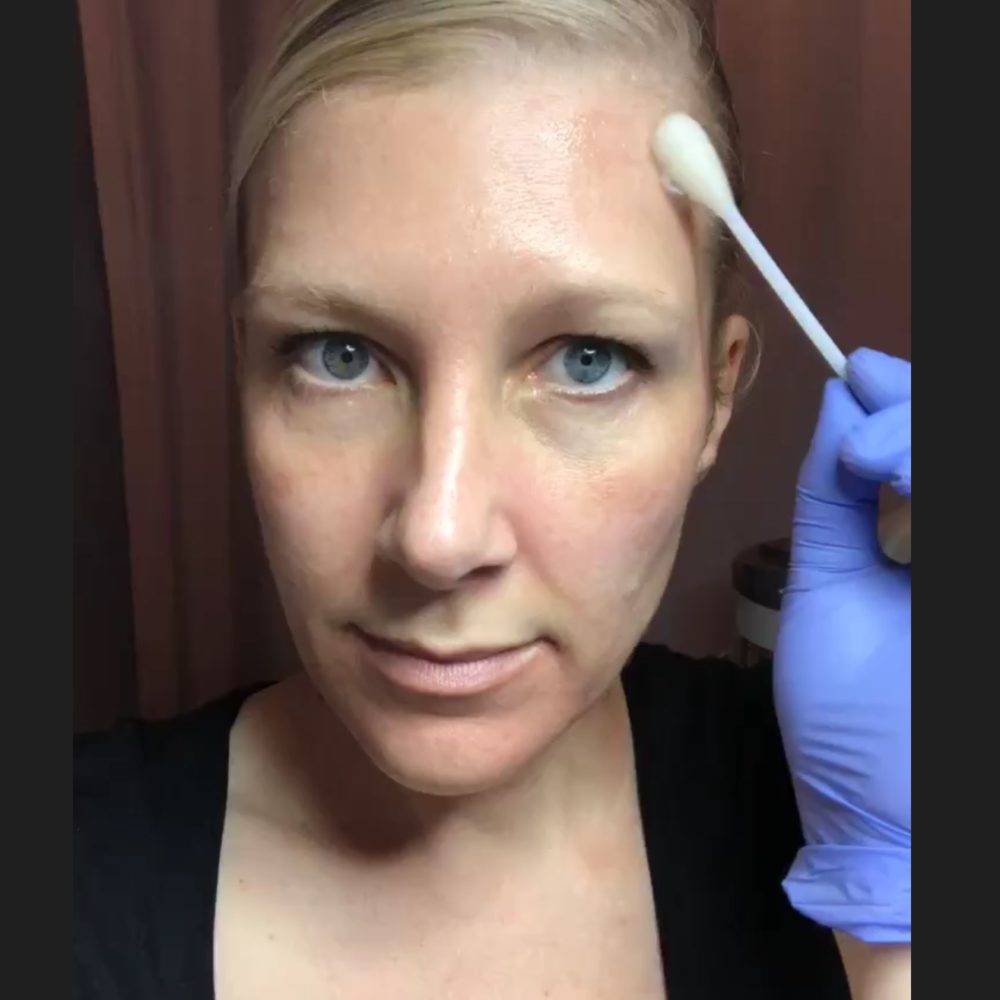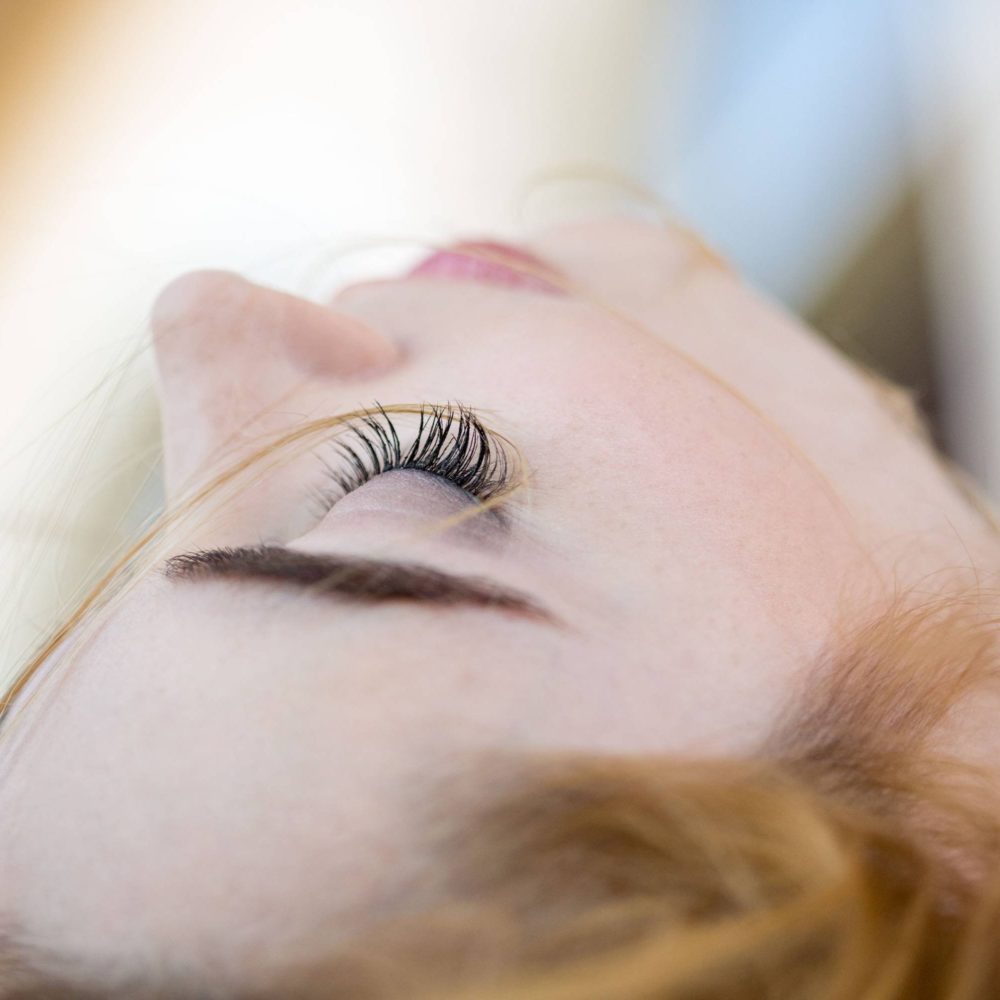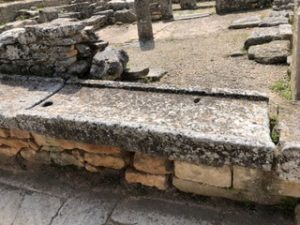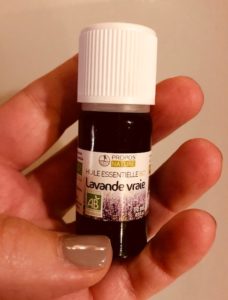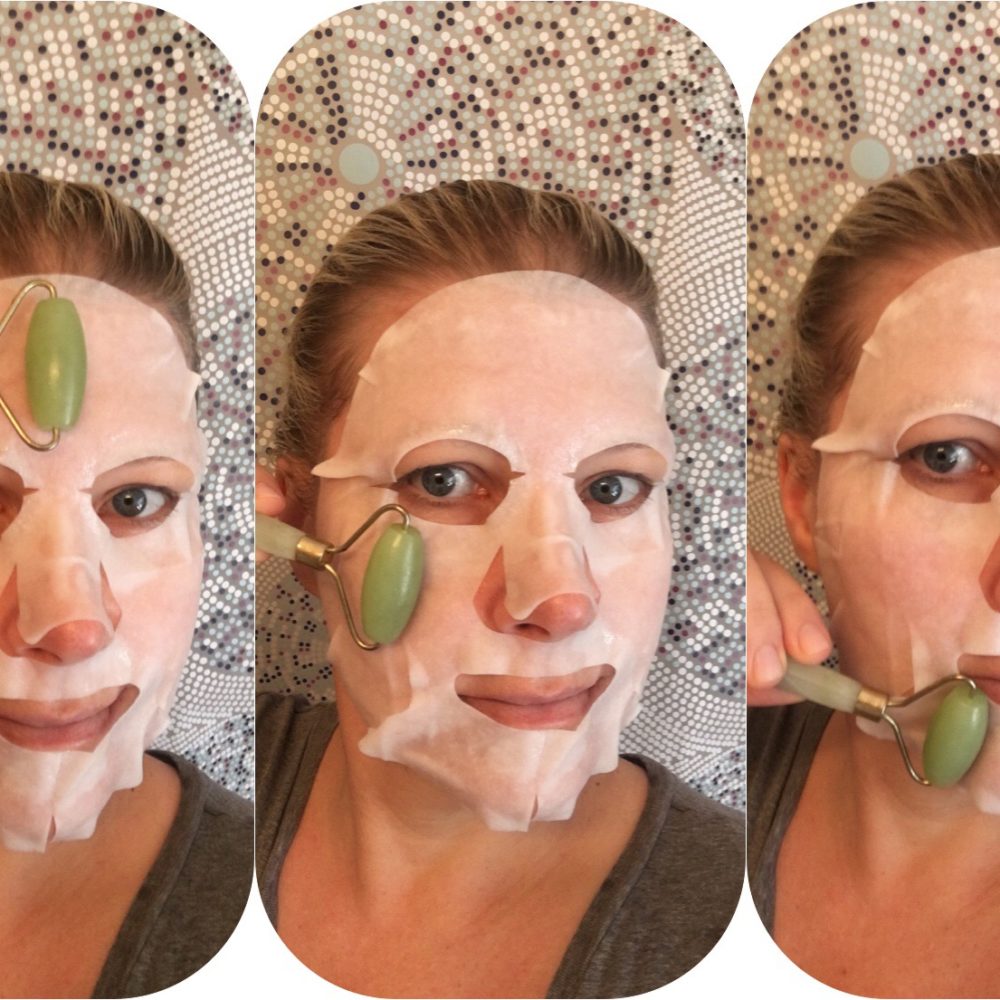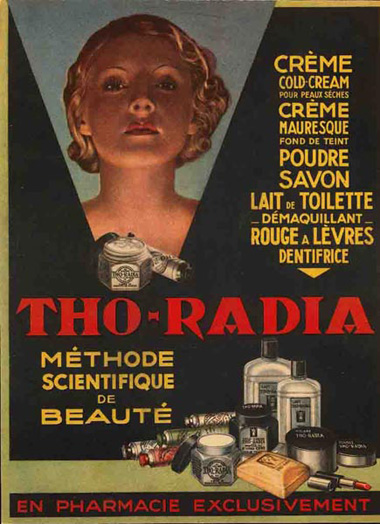We’ve all been there, shopping online we find a serum our esthetician sells but for a fraction of the price.
What’s the deal with these products? Why is a serum $148 at most locations but $99 on a discount site? Is it too good to be true?
Every company sets an MSRP (manufacturers suggested retail price) for their products, whether it’s skin care, clothing, or other items. Most companies even go so far as to monitor when their products can go on sale and how deep of a discount can be offered.
All accounts have agreed to sell products for the MSRP whether in person or online. Reputable companies want control over the pricing of their goods and will shut down accounts that don’t comply.
So how are certain sites selling the same product for less?
A large amount of these sales are expired product sold by a third party. Most retailers won’t risk losing their account just to offer an unapproved discount.
Or like I discovered recently, it could fake product.
I finished a favorite eye shadow palette only to discover it had been discontinued. A quick Google search led me to a few for sale on a discount site. Against my better judgement, I purchased it (they has great reviews!) only to discover it was a knock off. The packaging was identical; it was brand new and sealed but full of cheap eye shadow with no pigment.
Thankfully I spent less than $20 to learn that lesson.
A sales rep from a company I work with told me this story years ago. A customer returned a serum she purchased online because it just wasn’t the same as previous bottles. Their lab tested the contents of the returned bottle and it was apple cider vinegar not the $100 serum the customer thought she was purchasing.
If you can’t purchase your products directly from a professional, find a reputable website. Trying to save a few dollars on a discount site could be a disaster in the end.




